Welcome to Listening In on Pandemic Life, a new ten-part monthly blog series curated by CASE in which artists, scholars and designers offer short reflections on their sonic experiences across the past 18 months of living under the shadow of COVID-19. The pandemic continues to affect everyday life on a global scale. Our sonic, visual, emotional, political, and economic realities shifted dramatically in the early months of the closures, and are evolving tangibly as the months pass. Many acoustic ecologists, artists and researchers have already noted the changing features of local soundscapes as a result of pandemic measures: less noise, new soundmarks, and most of all a newfound significance in the daily rhythms of life. Our aim in this series is to extend beyond the initial reactions to the sonic effects of reduced global movement and consider the lingering effects of our new reality as the world opens back up while the virus continues to propagate. This is our contribution to growing conversations about soundscape ecology and sonic cultures in (post)-pandemic times.
In this second entry to the series, researcher/producer Lauren Knight dives headlong into one of the predominant challenges of stay-home living during the pandemic shut-down: noisy neighbours. Read on as she attempts to make peace with the new demands of living in close quarters with people sharing the pandemic experience yet processing it in very different ways from her own. – Editors Milena Droumeva and Randolph Jordan
______________________________________________________
I’ve never considered myself to be someone annoyed by sound, fearful of its presence and angered by its existence. The beginning of the COVID 19 pandemic prompted many audible shifts in my sonic environment, the most prominent being a heightened recognition of my noisy neighbours.
September 15th, approximately six months into working from home and about three months into the slow destruction of my sanity, marked the beginning of this sonic shift. While in a mid-day work meeting, I was suddenly greeted by the muffled sound of Eminem’s 2000s top hits, accompanied by vibrations which I can only assume reverberated into my workspace due to a subwoofer placed directly against our shared wall. As my neighbour shuffled through his R&B, punk, and hip-hop playlist well into the late hours of the night, my frustration was mounting. At the time I had hoped this was an isolated experience, yet I quickly came to realize the degree of integration of this sonic marker into my neighbour’s daily routine. For months on end, I would be abruptly greeted by Eminem’s lyrics, prompting a quick disdain of “Slim Shady” and fellow musicians. Many a sleepless nights and furniture re-arrangements were tested, exploring the far reaches of the sound’s acoustic profile and searching for my apartment’s sonic barriers.
After months of frustration and some difficult apartment living conversations, I began to work on my relationship with the music. The sound and I underwent what I liken to a vigorous form of couples counselling, in which I actively worked to think kindly of this sonic backdrop that had plagued my sleep, workstation, and mental health for months. Some days the music was quieter, adding a subtle rhythm to my structure, other days it was all-encompassing, vibrations permeating our shared wall and travelling throughout the apartment. It was during moments of research into noise and various perspectives that I began to reconsider how I viewed this sound. While in my space the sound was considered unwanted, vibrating into the confines of my office; yet, for my neighbour this sound sparked joy and motivation. It comforted him during some of the hardest moments that have accompanied pandemic living. It lifted his spirits on days when it was difficult to find any motivation and reminded him of loved ones who had to remain out of arm’s reach.
While we’ve come to an agreement as neighbours, moving the subwoofer away from our shared wall and playing music during certain hours of the day, this sonic experience has forced me to reconsider my relationship with unwanted sound and my perception of sonic comfort in moments of fear and frustration. My neighbour’s use of music acted for him as a warm hug in the cold and isolated moments that this pandemic has supplied in plenty. At moments I still feel the sting of lasting frustration tied to this sonic marker, but I’m continually working on challenging this immediate emotional response; with that said, I don’t think I can listen to Eminem’s music anytime soon.
Author Bio:
Lauren is a sonic researcher, sound media producer, and a Master’s student at Simon Fraser University in Vancouver, Canada. She received her Bachelor of Arts degree in Media Production at Ryerson University in Toronto, Ontario, where she completed a specialization in audio production and sound media. She has worked on numerous radio shows and podcasts during her time in University which has translated into exciting working opportunities at SFU and beyond. Lauren’s research aims to merge her Anishinaabe lineage with acoustic ecology, exploring soundscapes through the lens of Indigeneity and colonization. Outside of her scholarly work, Lauren is a musician, artistic creator, environmental & social activist, and avid baker.
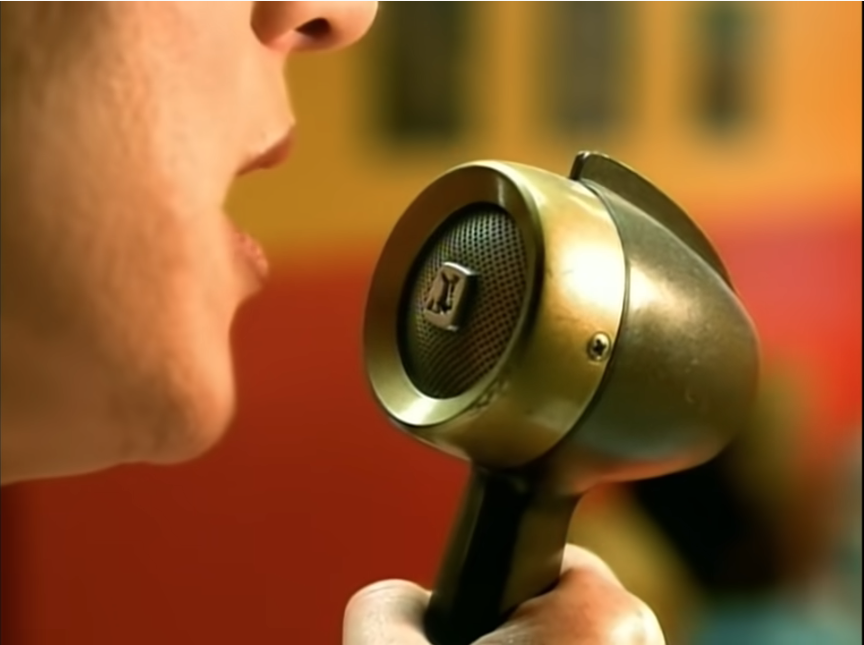

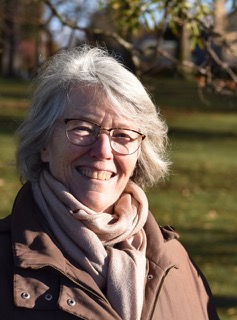
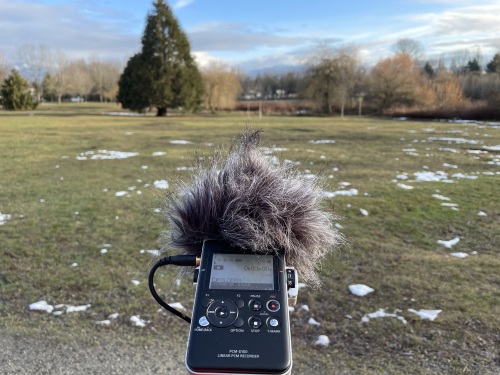


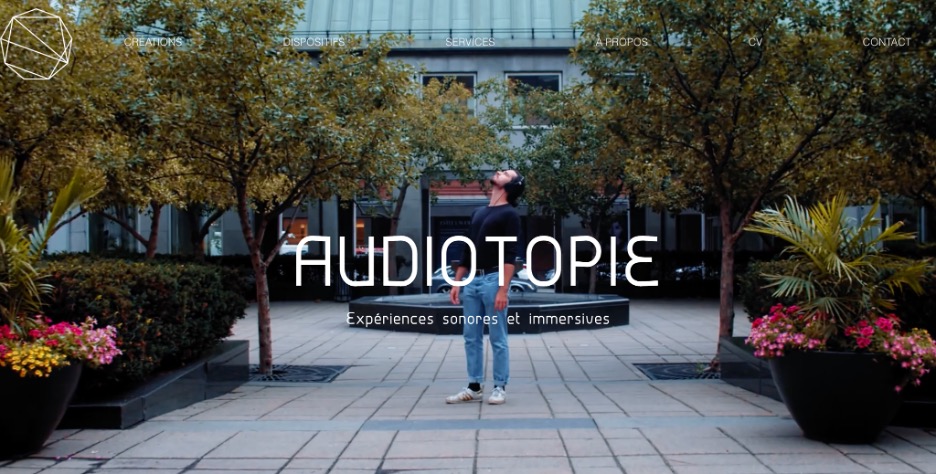


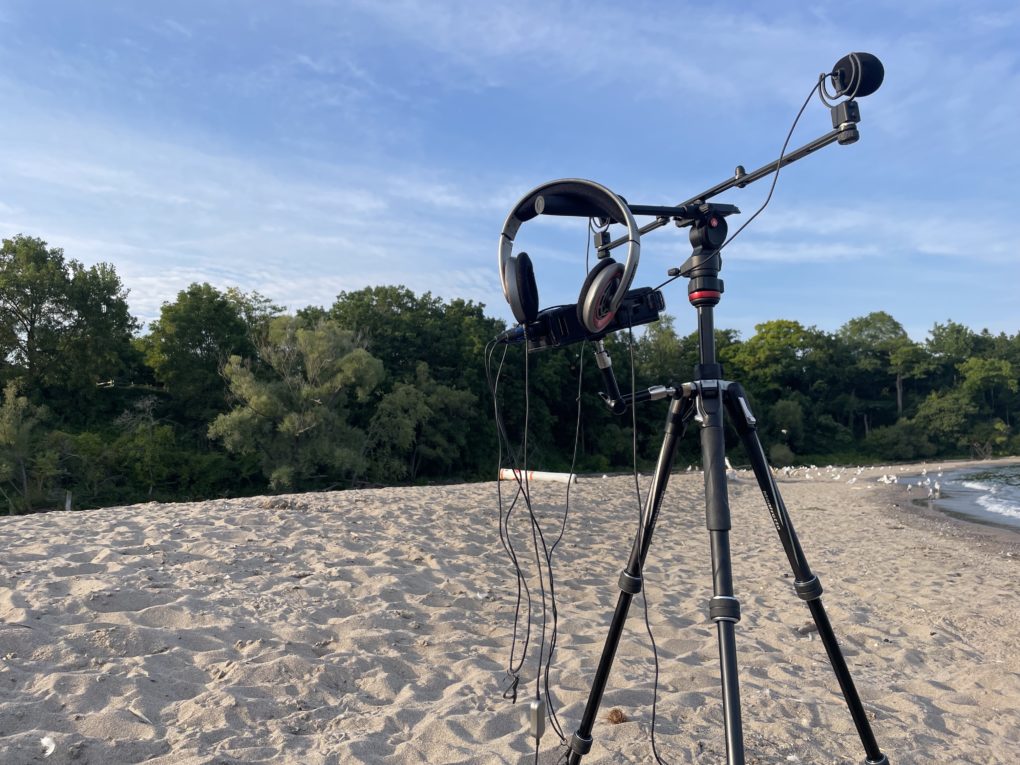
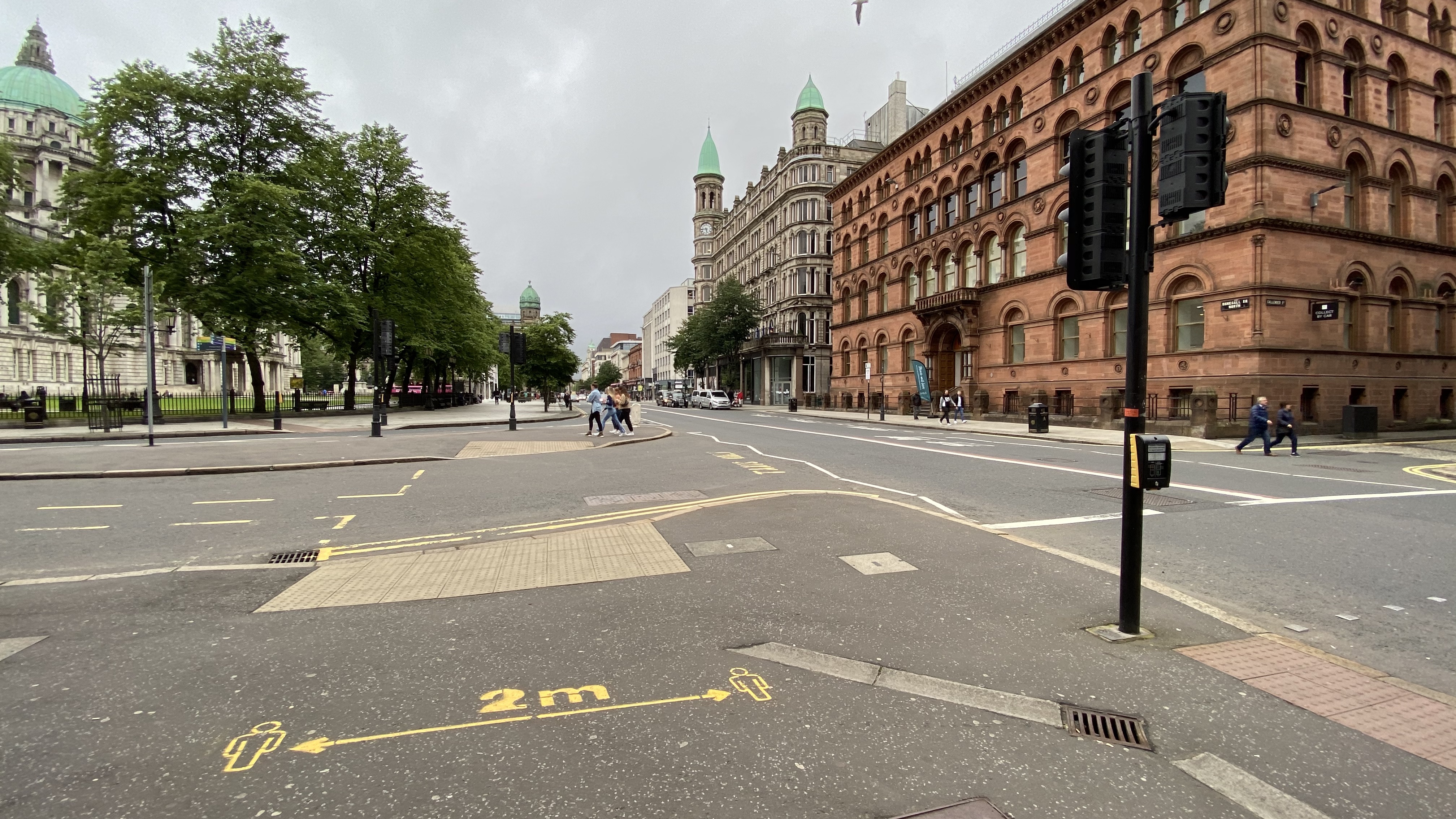
Leave a Reply